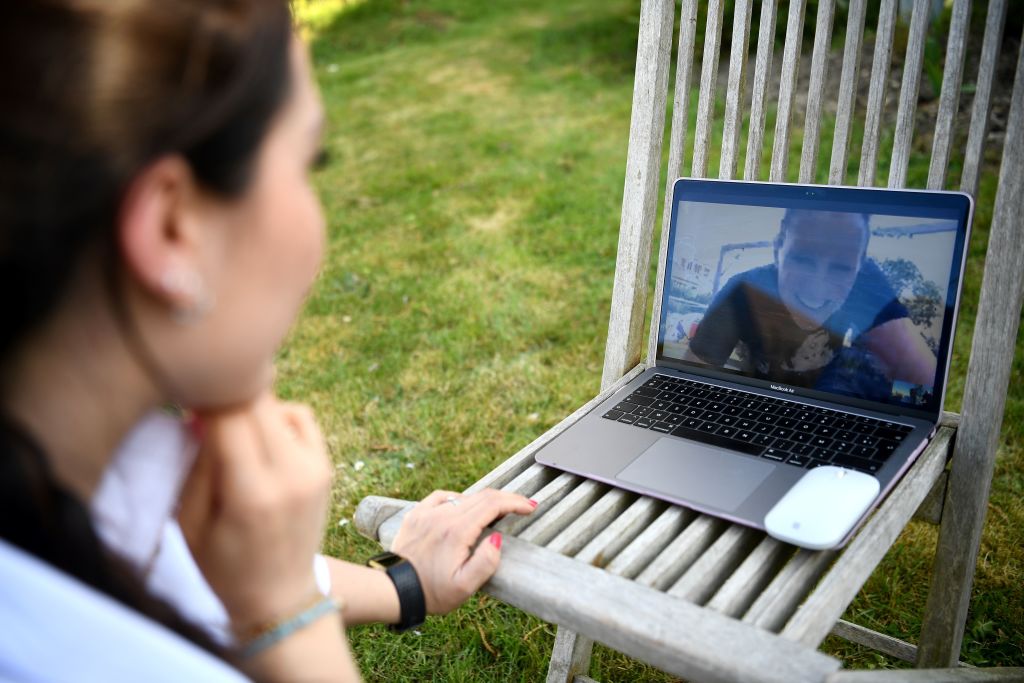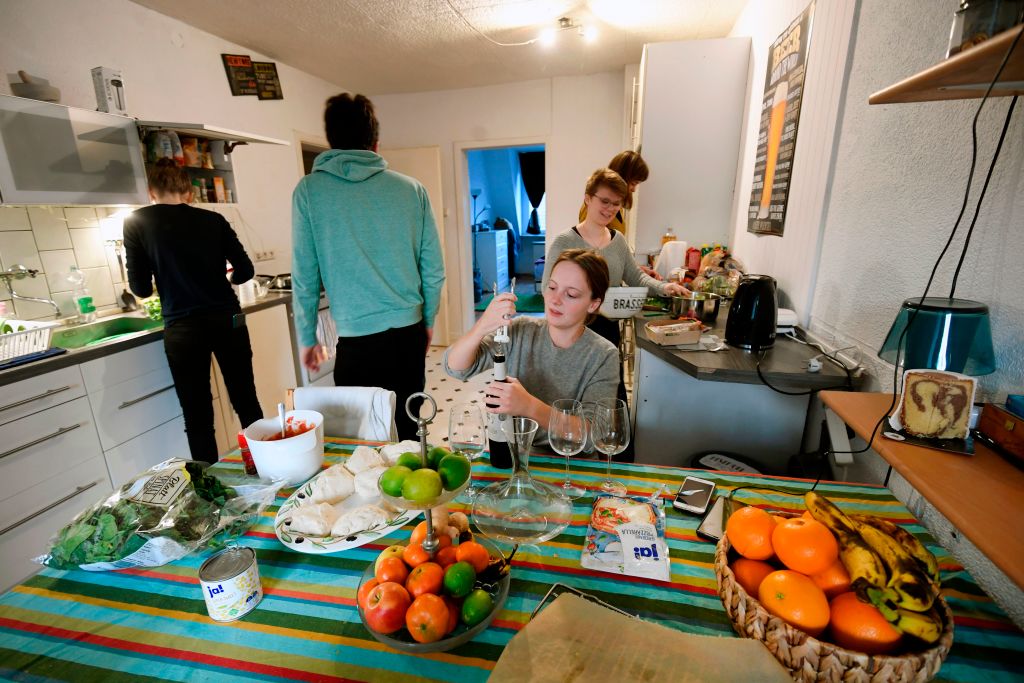
💎Mine-free diamonds
🐄Vegan silk and leather
👃🏽Bioengineered perfumes
Lab-grown products with ethical appeal could be the future of luxury trib.al/evG0iOh
🐄Vegan silk and leather
👃🏽Bioengineered perfumes
Lab-grown products with ethical appeal could be the future of luxury trib.al/evG0iOh
Diamonds are getting a green makeover.
It’s no surprise. Younger shoppers are more concerned about factors such as a brand’s purpose and a product’s cost to the planet twitter.com/i/broadcasts/1…
It’s no surprise. Younger shoppers are more concerned about factors such as a brand’s purpose and a product’s cost to the planet twitter.com/i/broadcasts/1…
Pandora said last week it would no longer use mined diamonds and instead turn to lab-grown stones.
But when it comes to high-end bling, it’s hard to see synthetic diamonds replacing the real thing anytime soon trib.al/3vEMA3v
But when it comes to high-end bling, it’s hard to see synthetic diamonds replacing the real thing anytime soon trib.al/3vEMA3v
In the luxury industry, the biggest environmental impact comes from:
🏭Production of raw materials
💎Natural stones
⚙️Metal
👢Leather
Someday, growing meat or silk or leather in a vat could make these natural alternatives seem repugnant trib.al/evG0iOh
🏭Production of raw materials
💎Natural stones
⚙️Metal
👢Leather
Someday, growing meat or silk or leather in a vat could make these natural alternatives seem repugnant trib.al/evG0iOh

Some new materials, such as Impossible Meat, bioengineered vegan silk or leather substitutes, are alternatives to traditional products.
Others are the real thing, produced in a new way trib.al/evG0iOh
Others are the real thing, produced in a new way trib.al/evG0iOh

Take those lab-grown diamonds.
They are chemically, structurally and optically identical to the natural variety — a fact that irks mined-diamond purveyors no end trib.al/evG0iOh
They are chemically, structurally and optically identical to the natural variety — a fact that irks mined-diamond purveyors no end trib.al/evG0iOh

Synthetic diamonds have the benefit of being cheaper. But while that may appeal to younger generations, it might not track with luxury shoppers.
Showing off a big ring may not deliver the same delicious feeling if you knew it cost less than the real thing trib.al/3vEMA3v
Showing off a big ring may not deliver the same delicious feeling if you knew it cost less than the real thing trib.al/3vEMA3v

Bioengineered molecules and lab-grown diamonds lack the provenance of traditional luxuries, but they aren’t fakes.
Both chemical analyses and human senses deem them authentic. Once they’re in the world, telling the difference requires a paper trail trib.al/evG0iOh
Both chemical analyses and human senses deem them authentic. Once they’re in the world, telling the difference requires a paper trail trib.al/evG0iOh

More jewelry customers want to know:
🗺️Exactly where their diamond has come from
👐🏽Whose hands it has been in
🔎If it has been ethically sourced trib.al/3vEMA3v
🗺️Exactly where their diamond has come from
👐🏽Whose hands it has been in
🔎If it has been ethically sourced trib.al/3vEMA3v

De Beers, the world’s biggest diamond producer by value, launched a lab-grown diamond company focused on lower-priced and fashion-oriented pieces.
But other big luxury groups haven’t followed suit trib.al/3vEMA3v
But other big luxury groups haven’t followed suit trib.al/3vEMA3v

The pressure to be more sustainable will only grow.
To ensure young people keep buying diamonds, the jewelry industry will have to step up environmental and social efforts trib.al/3vEMA3v
To ensure young people keep buying diamonds, the jewelry industry will have to step up environmental and social efforts trib.al/3vEMA3v

• • •
Missing some Tweet in this thread? You can try to
force a refresh













